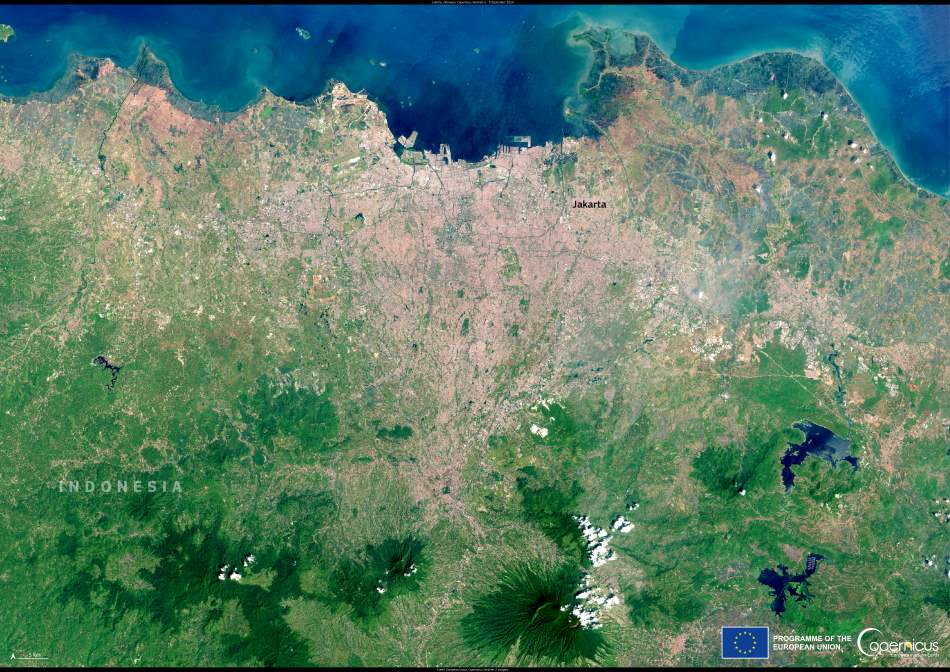Baku, Azerbaijan | WRI (Corrected) – At COP29, countries including UK, Uruguay, Belgium and Sweden committed to increasing the amount of global energy storage sixfold compared to 2022 levels, or 1,500 Gigawatts of capacity by 2030. In addition, there was a commitment to add or refurbish 80 million kilometers of electricity grids by 2040. The commitment comes a year after 133 countries committed at COP28 to tripling renewable energy capacity and doubling rates of energy efficiency by 2030.
Following is a statement from Jennifer Layke, Global Director, Energy, World Resources Institute:
“Energy storage and the power grid are essential for clean energy delivery but for too long they were not on the political agenda. This declaration signals that policymakers are committed to following through on their energy transition commitments and delivering clean energy to people. Now countries should make these pledges a reality by including specific goals for storage and the grid in their NDCs, national energy policies and plans and investments.
“Paired with last year’s pledges to triple renewable energy and double energy efficiency, this pledge completes the trifecta of global goals we need to build the clean, secure, resilient power system. Grid losses in 2018 were estimated to result in 1 gigaton of carbon emissions – with IEA data showing that over 70 countries lost above 10% of their power due to poor transmission and distribution infrastructure. Those wasted electrons are valuable assets to extend the reach of renewable, clean power for more people to benefit, and to electrify the economy as efficiently as possible. Grid investments should also include mini-grids as well as extending transmission and distribution infrastructure and upgrading existing power lines.
“Storage must include support for distributed as well as utility scale batteries, pumped-hydropower, and other longer duration opportunities. One emerging opportunity for countries is to repurpose electric vehicle batteries for ‘second life’ applications. With the mass adoption of electric vehicles in the coming years, there will come with it a surge in the production of batteries and the retirement of automotive batteries. These EV batteries can be used in second-life applications as storage for renewable energy.”
Source: World Resources Institute (WRI)
Featured image credit: jcomp | Freepik




